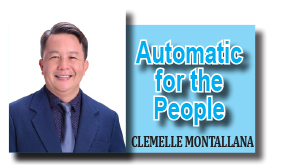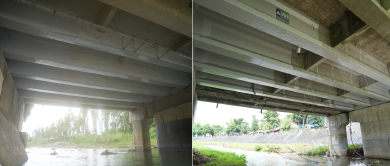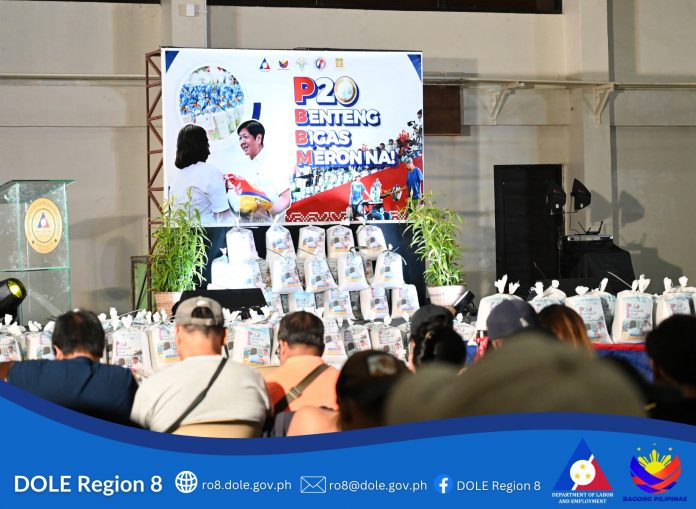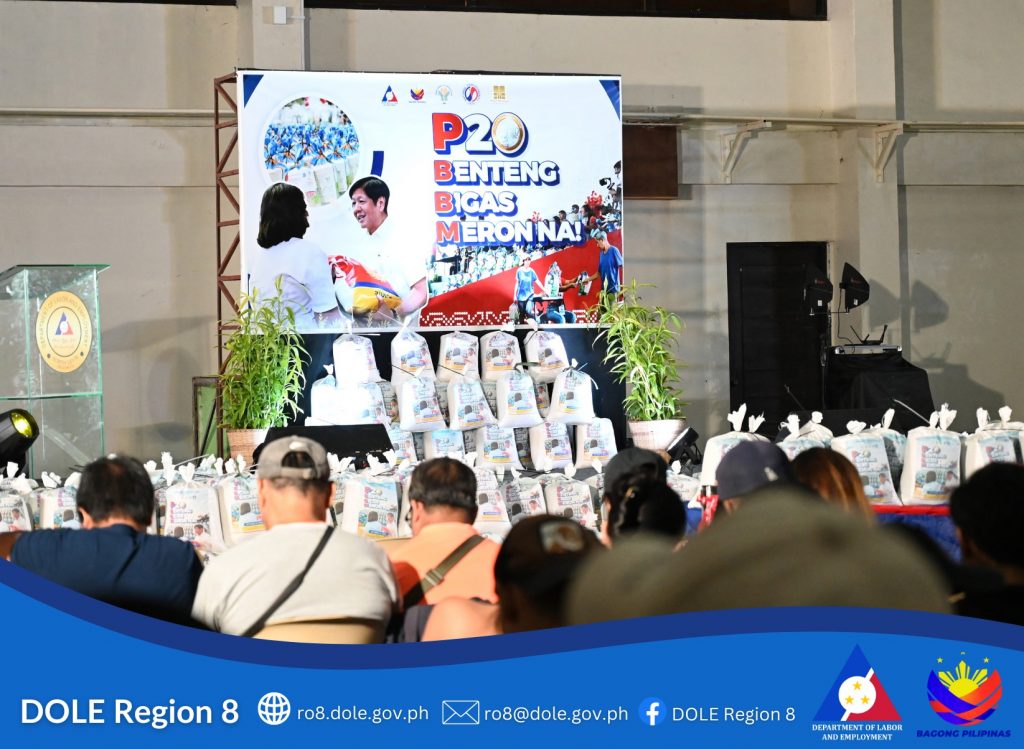Danay kinahanglan sunogon an tuna para may maupay nga mga tanom, maupay nga pag tubo ngan pag bag o!
Waray- waray folks know the sentence and it is NOT naïve, it is straight to the point!
The flames eradicate the weeds, pests, and remnants of unsuccessful harvests — preparing the soil for something new and improved. It is a painful yet purifying endeavor. Today, the Republic of the Philippines finds itself at a similar juncture.
Recent disclosures of corruption — ranging from the misuse of public funds to systemic power abuse — have once again revealed the decay that clings to the foundations of our institutions. These incidents are not isolated. They are indicative of a more profound issue: a culture of impunity, a tolerance for dishonesty, and a political framework that frequently prioritizes loyalty over integrity.
Just as a farmer must determine the right moment to ignite the field, the Filipino populace must now ponder: how long will we permit these undesirable crops to flourish? How many harvests must be tainted before we opt for renewal instead of decay?
Corruption transcends mere political concern. It is fundamentally a moral issue. It robs the impoverished, undermines trust in governance, and hinders national advancement. Every peso lost to graft represents a classroom that remains unbuilt, a hospital that is understaffed, and a road that stays impassable. Furthermore, every official who evades accountability conveys a message that justice is negotiable — that the law is pliable for those in power.
However, there is a glimmer of hope. The act of burning is also an act of bravery. It necessitates conviction, unity, and the readiness to endure discomfort for the sake of future growth. Citizens must insist on transparency, support whistleblowers, and cast their votes not for personalities, but for principles. Institutions must be strengthened, not politicized. Moreover, leaders — particularly those who profess to serve the populace — must be held to the highest standards, rather than the lowest common denominator.
The field will not purify itself. It is our responsibility to ignite the flame.
Let this be the season of reckoning. Let the flames of truth rise high enough to scorch the roots of corruption. And when the smoke dissipates, may we discover fertile ground — prepared for a new crop of leaders.







“Always to pray, and not to faint”
THAT’S the lesson Christ wants us to draw from that gospel parable about a woman who persisted in asking a judge to render her justice—even to the point of disturbing him—and finally got what she wanted. (cfr. Lk 18,1-8)
Like that woman we should also persist in asking God for help so we can carry out our duty of resolving very difficult problems we are having in our country and in the world in general.
We know that in the end, God will always give in to grant our petitions, even as we also should be ready to do what God would want us to do. We should just persist, never giving up, because we need nothing less than divine, and not just human, intervention. Difficult and complicated problems require difficult and complicated solutions as well.
We cannot deny that we are facing very complicated problems and issues—widespread poverty, injustice, a culture of ingrained corruption in all levels of government and society in general, etc.—and we just cannot be indifferent to them even if at the moment we seem to be helpless.
We have to heed what Christ told the apostles once: “Duc in altum,” go to the deep, (cfr. Lk 5,4) unafraid of the challenges along the way. We know that God will take care of everything even if we have to meet and carry the cross.
Like Christ we should not even be afraid to offer our life. Let’s remember that our human redemption was achieved through the cross. We should expect the cross to come. More than that, we should love it.
The first thing to do is to pray, to connect ourselves with God who knows everything and has the solution for all our problems and difficulties. In this regard, let’s pay attention to what St. Paul once said: “Rejoice always, pray without ceasing, give thanks in all circumstances. For this is the will of God in Christ Jesus for you.” (1 Thes 5,16-18) We need to be strong in the faith to fuel our hope of a better tomorrow.
It’s when we pray when more than us talking to God, begging for some favors, it is God talking to us. It’s more a matter of listening to God and carrying out what he will be telling us or showing or insinuating to us.
Definitely, to tackle the daunting challenges and immense difficulties we are facing today, we really would need to study well the doctrine of our faith and know the as much as we can the facts on the ground, the actual situation of the issues involved.
We have to make plans and strategies as well as learn to coordinate with the involved parties, the stakeholders, key players and those who in one way or another can collaborate with us.
We should not be afraid to complicate our life. We should not be afraid when our life gets complicated. As long as we are with God, we even would be willing to complicate our life. I think that is the proper attitude to develop in ourselves. We should not just wait for our life to get complicated. We somehow should complicate by truly involving ourselves in the mission of resolving the serious problems of our country and of the world.
Obviously, we should try our best to be properly prepared for this unavoidable condition in our life. Let’s prepare ourselves for this physically, emotionally, psychologically, spiritually and morally. For this, we need to avail of all possible and appropriate means.